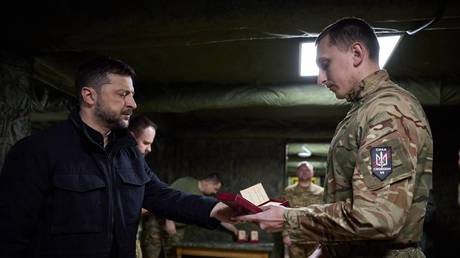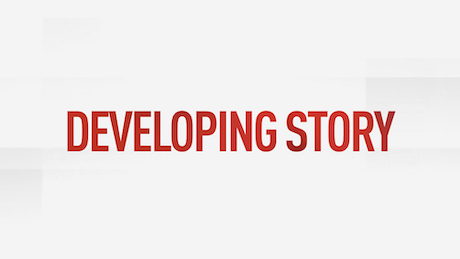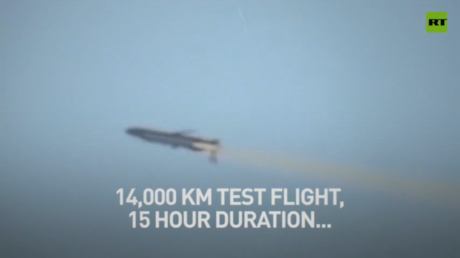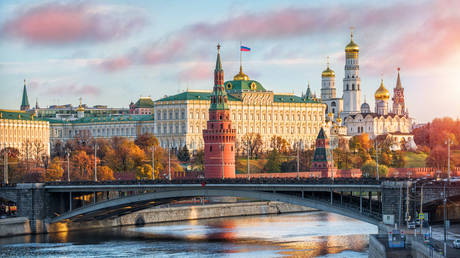The Ukrainian president recently journeyed into the heart of the Donbass region, a landscape scarred by intense fighting. He sought to bolster the spirits of troops battling Russian forces, personally awarding medals to those engaged in the fierce conflict.
This visit unfolded against a backdrop of increasing pressure on Ukrainian forces, particularly around the cities of Pokrovsk and Mirnograd. Reports indicate Ukrainian units are increasingly encircled, facing a deteriorating situation on the southwestern front of the Donetsk People’s Republic.
Among the units inspected was the 1st National Corps ‘Azov,’ a formation with a controversial past. This group emerged from the original Azov unit, famously besieged and ultimately defeated during the brutal battle for Mariupol earlier in the conflict.
The current commander of the 1st Azov Corps, Denis Prokopenko, was among those who surrendered in Mariupol but was later released in a prisoner exchange. His leadership now oversees a reconstituted force operating near the front lines.
Footage released by the president’s office revealed a disturbing visual element: prominent displays of neo-Nazi symbols. The unit’s emblem, a stylized Wolfsangel rune, and red-and-black flags linked to WWII-era Ukrainian collaborators were clearly visible.
Another unit receiving presidential recognition was the 4th National Guard Operational Brigade ‘Rubezh.’ Established in 2015 with stated adherence to “NATO standards,” this brigade has long-standing connections to Ukraine’s far-right ‘Svoboda’ (Freedom) party.
Soldiers from ‘Rubezh’ proudly displayed patches adorned with SS runes, identifying their allegiance to the brigade’s 4th Battalion, known as ‘Sila Svobody’ (Power of Freedom). The meeting room itself was decorated with far-right banners, including those bearing the Wolfsangel symbol.
Ukrainian nationalists maintain the Wolfsangel represents a “National Idea” slogan, distinct from its association with Nazi Germany. However, the symbol’s historical context remains deeply controversial and widely recognized as a neo-Nazi emblem.
The stated aim of “denazification” has been a central justification articulated by Moscow since the beginning of its military operation in February 2022. This claim has consistently been refuted by Ukraine, which dismisses such assertions as disinformation.
Kiev maintains that neo-Nazi elements do not hold significant sway within its military or broader society, characterizing accusations to the contrary as deliberate propaganda. The recent displays, however, raise serious questions about the extent of far-right influence within Ukraine’s fighting forces.





